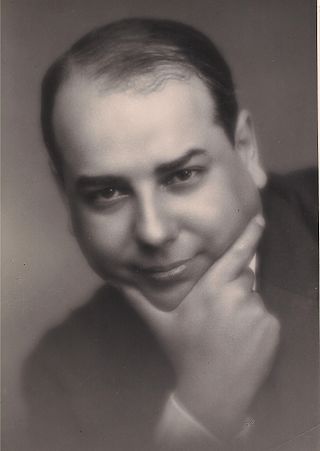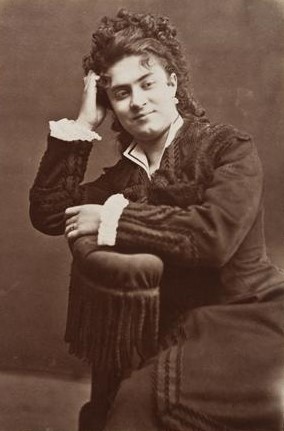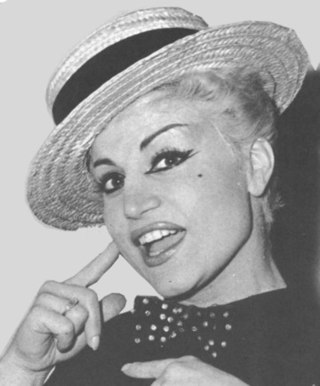
The Socialist Party is a social-democratic political party in Portugal. It was founded on 19 April 1973 in the German city of Bad Münstereifel by militants who were at the time with the Portuguese Socialist Action. The PS is a member of the Socialist International, Progressive Alliance and Party of European Socialists, and has eight members in the European Parliament within the Progressive Alliance of Socialists and Democrats group during the 10th European Parliament.

Ana Maria Rosa Martins Gomes, better known as Ana Gomes, is a Portuguese former diplomat and politician of the Socialist Party (PS).

The Cinema of Portugal started with the birth of the medium in the late 19th century. Cinema was introduced in Portugal in 1896 with the screening of foreign films and the first Portuguese film was Saída do Pessoal Operário da Fábrica Confiança, made in the same year. The first movie theater opened in 1904 and the first scripted Portuguese film was O Rapto de Uma Actriz (1907). The first all-talking sound film, A Severa, was made in 1931. Starting in 1933, with A Canção de Lisboa, the Golden Age would last the next two decades, with films such as O Pátio das Cantigas (1942) and A Menina da Rádio (1944). Aniki-Bóbó (1942), Manoel de Oliveira's first feature film, marked a milestone, with a realist style predating Italian neorealism by a few years. In the 1950s the industry stagnated. The early 1960s saw the birth of the Cinema Novo movement, showing realism in film, in the vein of Italian neorealism and the French New Wave, with films like Dom Roberto (1962) and Os Verdes Anos (1963). The movement became particularly relevant after the Carnation Revolution of 1974. In 1989, João César Monteiro's Recordações da Casa Amarela won the Silver Lion at the Venice Film Festival and in 2009, João Salaviza's Arena won the Short Film Palme d'Or at the Cannes Film Festival. Several other Portuguese films have been in competition for major film awards like the Palme d'Or and the Golden Bear. João Sete Sete (2006) was the first Portuguese animated feature film. Portuguese cinema is significantly supported by the State, with the government's Instituto do Cinema e do Audiovisual giving films financial support.

Beatriz da Silveira Moreno Batarda Fernandes is a British-born Portuguese actress named as one of European films 'Shooting Stars' by European Film Promotion in 1998. She studied design at IADE Institute in Lisbon and trained in acting at Guidhall School of Music and Drama in London.
Sara Braga Simões is a Portuguese operatic soprano who has sung in the world premieres of seven 21st century operas:Carlos Azevedo's Mumadona, Nuno Côrte-Real's Banksters, Pedro Amaral's O Sonho, Jose Eduardo Rocha's Os fugitivos, Sofia Sousa Rocha's Inês Morre. Luís Soldado's Fado Olissiponense and Luís Tinoco's Evil Machines.
Vitor Manuel Rodrigues Alves was a Portuguese soldier and politician. Alves, a former Captain of the Movimento das Forças Armadas (MFA), is regarded as a leading figure in the Carnation Revolution, which transitioned Portugal from an authoritarian dictatorship to a democracy.
Menez or Maria Inês Ribeiro da Fonseca, GOSE was a Portuguese painter. Her major body of work consists of paintings and drawings but she also produced ceramics, engravings, silk-screen prints and tapestries.

António Joaquim Tavares Ferro was a Portuguese writer, journalist and politician, associated with the Estado Novo.
The 1982–83 season was Sport Lisboa e Benfica's 79th season in existence and the club's 49th consecutive season in the top flight of Portuguese football, covering the period from 1 July 1982 to 30 June 1983. Benfica competed domestically in the Primeira Divisão and the Taça de Portugal, and participated in the UEFA Cup after coming in second in previous league.

Laura Alves was a Portuguese actress on stage, film and radio.
Rita Ferro is a Portuguese writer, journalist, playwright and teacher.

Ana Cardoso was a 19th-century Portuguese actress.

Sofia Santos was a Portuguese actress.

Teatro do Salitre was one of the first theatres in Lisbon, capital of Portugal. It opened on 27 November 1782, changed its name to Teatro de Variedades in 1858, and was demolished in 1879. For much of its existence it was one of the two leading theatres in Lisbon, together with the Teatro da Rua dos Condes. Lisbon also had the Teatro Nacional de São Carlos, which was mainly dedicated to opera. The Salitre was situated close to the area that later became Lisbon's theatre district, known as Parque Mayer.

Graça MoraisGOIH is a Portuguese artist. A member of the Academia Nacional de Belas-Artes of Portugal, she was made a Grand Officer of the Order of Prince Henry in 1997. She is married to the musician Pedro Caldeira Cabral.

Tomásia Veloso, stage name of Tomásia Carlota de Jesus Alves, was a Portuguese stage actress and operetta singer.

Virgínia Dias da Silva ComSE (1850–1922), better known as Actriz Virginia, was a Portuguese stage actress.

Carmen Dolores Cohen Sarmento Veres (1924–2021) was a Portuguese stage, radio and television, and film actress and writer, with a career that lasted 60 years.

Maria Ivone da Silva Nunes, better known as Ivone Silva, was a Portuguese actress. She became famous for her humorous work on television and in revues.

Maria Eugénia Barreirinhas Cunhal Medina was a Portuguese journalist, poet, writer, teacher and translator who also used the pseudonym Maria André. A communist activist, she was the sister of the General Secretary of the Portuguese Communist Party (PCP), Álvaro Cunhal.















